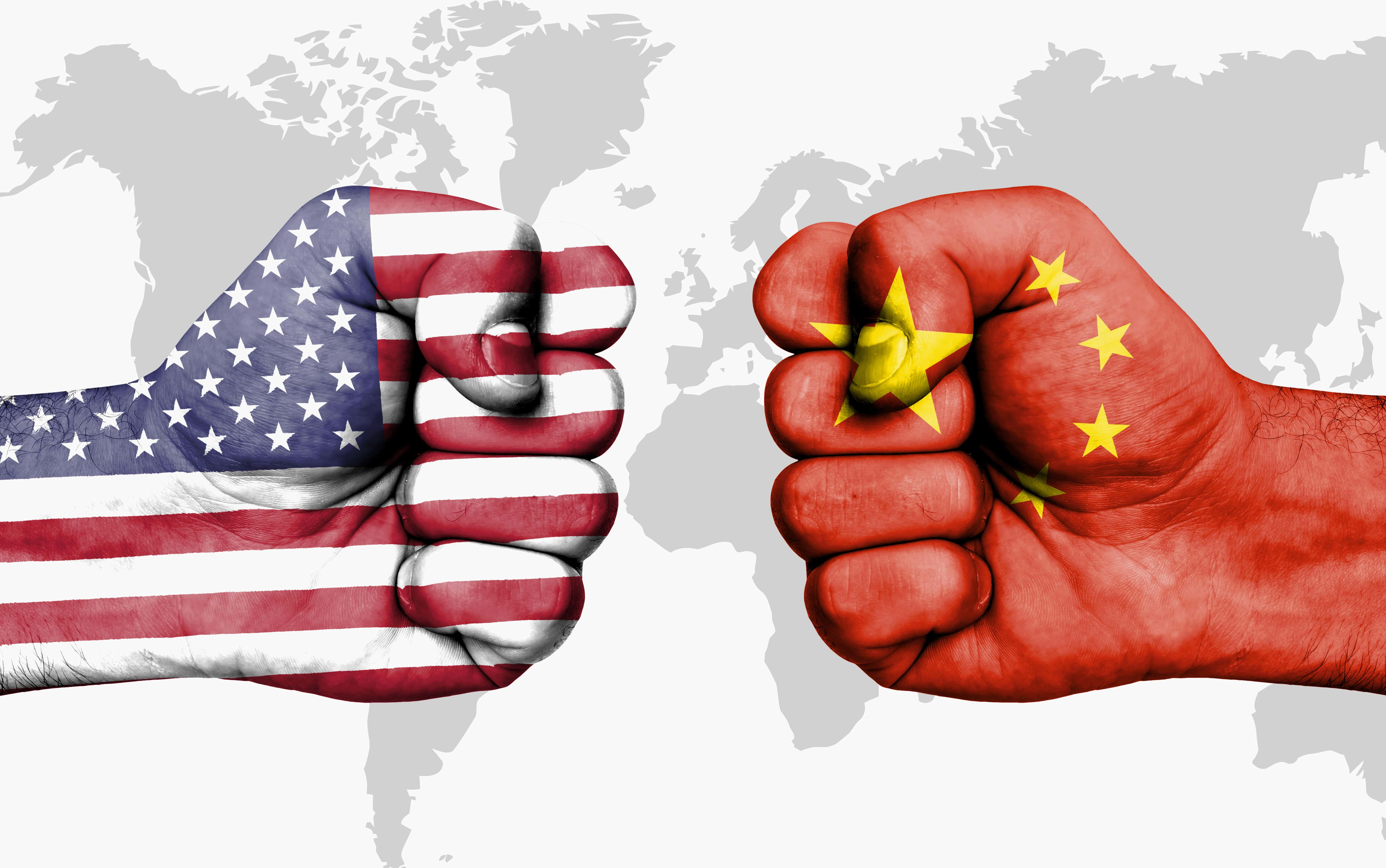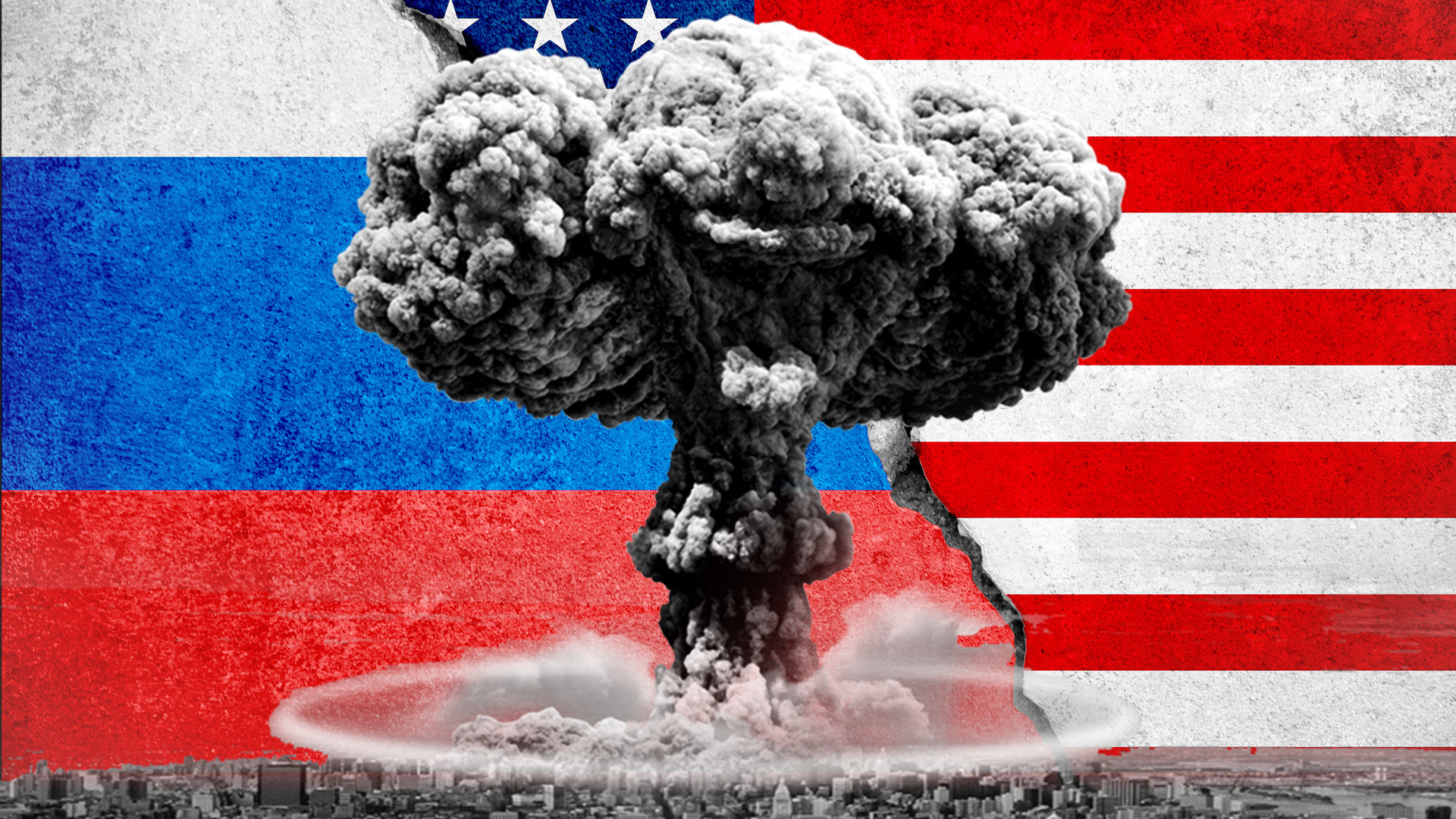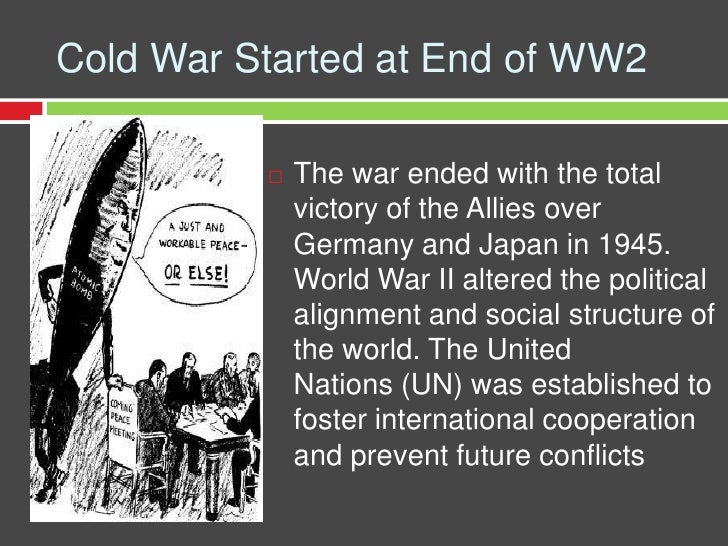
The Cold War was an intense political and military rivalry that existed between the United States and the Soviet Union from the end of World War II until the early 1990s. The conflict was characterized by a series of proxy wars, espionage, and propaganda campaigns. But when did the Cold War actually begin and end? In this article, we will explore the timeline of the Cold War and the events that led to its conclusion.
The Beginning of the Cold War

The origins of the Cold War can be traced back to the end of World War II in 1945. At this time, the Soviet Union and the United States emerged as the two superpowers of the world. While they had been allies during the war, tensions quickly arose between the two nations. The Soviet Union was a communist state while the United States was a capitalist democracy, and their ideologies were fundamentally opposed.
The first major event that signaled the beginning of the Cold War was the Yalta Conference in February 1945. At this conference, Soviet leader Joseph Stalin and US President Franklin D. Roosevelt met to discuss the post-war reorganization of Europe. The conference was tense, with both sides mistrusting each other and jockeying for power in the post-war world.
The Early Years of the Cold War

The early years of the Cold War were characterized by a series of proxy wars and military buildups. In 1947, the United States announced the Truman Doctrine, which pledged to provide military and economic aid to any country threatened by communism. This marked the beginning of the policy of containment, which aimed to prevent the spread of communism.
In 1948, the Soviet Union blockaded West Berlin, which was under the control of the United States, Britain, and France. The US responded by airlifting supplies into the city, which lasted for over a year. This event became known as the Berlin Airlift and was a major symbol of the early years of the Cold War.
The Cuban Missile Crisis

One of the most tense moments of the Cold War was the Cuban Missile Crisis in 1962. The Soviet Union had installed nuclear missiles in Cuba, which was just 90 miles from the coast of the United States. President John F. Kennedy demanded that the missiles be removed and imposed a naval blockade around Cuba. After several days of tension, the Soviet Union agreed to remove the missiles in exchange for a US promise not to invade Cuba and to remove US missiles from Turkey.
The End of the Cold War

The Cold War officially ended in 1991, with the collapse of the Soviet Union. This was preceded by a series of events that gradually weakened the Soviet Union, including the arms race, economic stagnation, and political unrest. In 1985, Mikhail Gorbachev became the leader of the Soviet Union and introduced a policy of glasnost (openness) and perestroika (restructuring). These policies aimed to reform the Soviet Union and improve relations with the West.
The fall of the Berlin Wall in 1989 was a major symbol of the end of the Cold War. The wall had divided East and West Germany since 1961 and was a physical representation of the Iron Curtain that had separated the Soviet Union from the rest of Europe. The fall of the wall signaled the reunification of Germany and the beginning of a new era in Europe.
Conclusion
The Cold War was a complex and intense period of history that shaped the political and military landscape of the world for several decades. While it officially ended in 1991, its legacy can still be felt today. The events of the Cold War continue to inform our understanding of international relations and the role of the United States and Russia in the world.